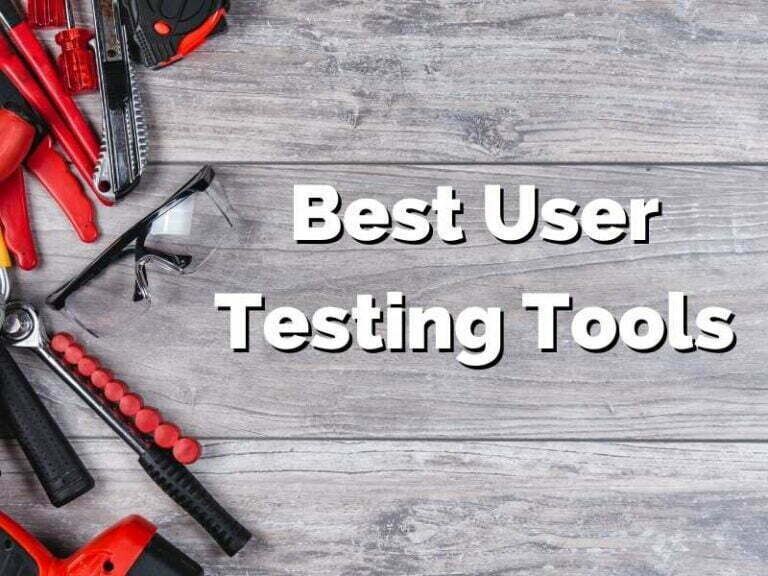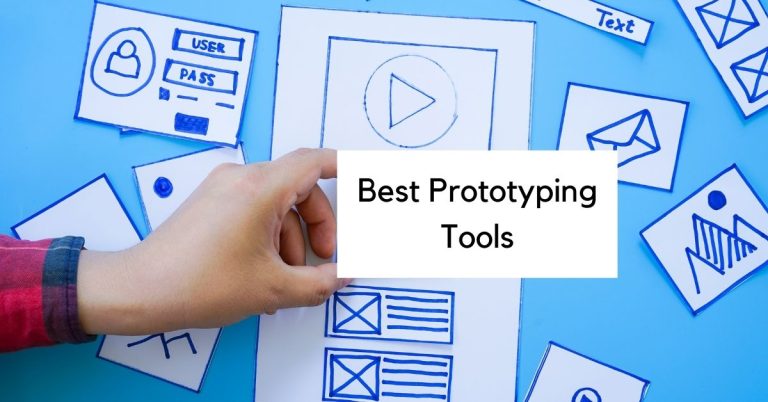How to establish customer relationships from scratch
Tips from a user researcher who has fought the uphill battle.
When working on a product, you can learn only so much from reading online and talking to your subject matter expert colleagues. Without customer relationships, It can be so hard to know what someone else has spun a certain way instead of what the users genuinely say.
But then that means you have to talk to the people that use your product.
Unless your company has a very sophisticated customer feedback process, getting access to your customers is more complicated than it sounds.
When you go through design thinking training at IBM, they tell you the best-case scenario: every team has access to what we call “sponsor users,” which are people who’ve opted in to give us feedback, and the team works closely with them to make sure we make user-driven decisions.
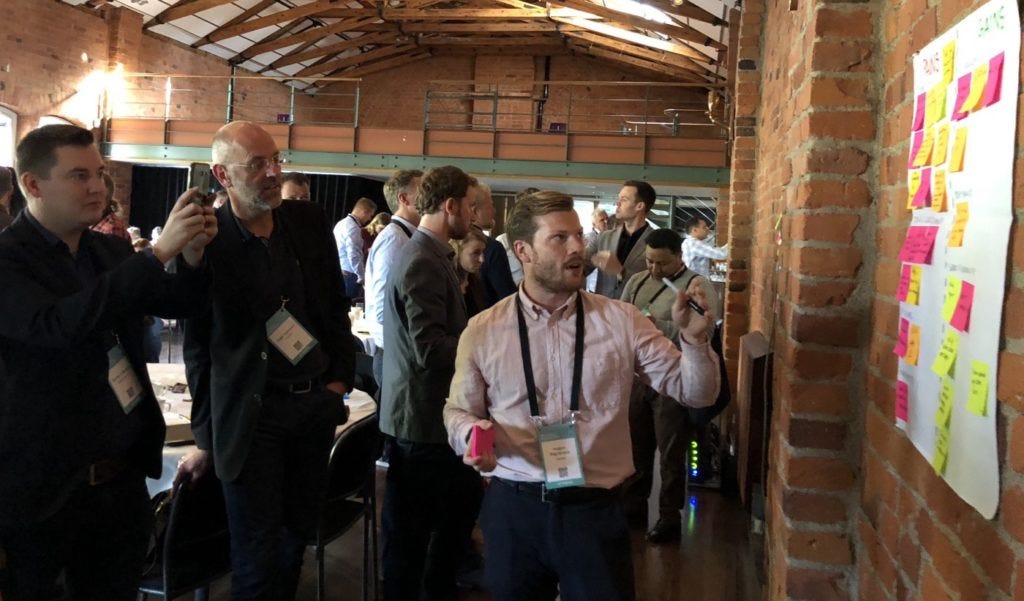
But, in reality, getting access to customers often feels like an uphill battle.
There are three main reasons why I’ve found it’s hard to get access to customers:
1. You’re new to the company, so you don’t have credibility yet.
2. Your team has no experience with design or research.
3. Business stakeholders are afraid of damaging the customer relationship or interfering with the sales process by bringing up negativity.
What can you do then? If you can’t get access to customers from the people who have the power to give you access, what do you do?
You establish your customer relationships from scratch.
I ended up forging my path by recruiting competitor users, creating customer relationships myself, and proving my value over time. Recruiting competitor users, at least with the resources I am fortunate to have at IBM, was by far the easiest step. The second two took some more work.
Recruit competitor users
Note: I’m SUPER lucky to have a flexible incentive budget, so that’s where I’m coming from on this step. If you don’t have a flexible incentive budget, take this with a grain of salt and think about what might work for you.
Two weeks after I started at IBM, my manager at the time, Eric Mahlstedt (now Global Head of User Research for IBM Cloud Data and AI), asked me: “Have you talked to any customers yet?”
I replied, “Well, we don’t have any sponsor users…” I’d found that much out by asking around.
“Just recruit people,” he told me. “There’s nothing like talking to your users.”
I was a little overwhelmed by this prospect, but I knew this was a crucial part of my job.
In hindsight, Eric was 100% right. This was the most valuable advice I received and it’s something I now tell new team members. There’s nothing like talking to the end-user of your product.
So, the first thing I learned how to do was to make a screener and recruit competitor product users through Respondent.io and did an exploratory user study on the current version of the product.
Often, recruiting competitor users makes my findings even stronger since we’re all trying to be better than the competition.
To prove that the insights from these participants are valuable, I always make some visuals to show a breakdown of what products these participants use. Usually, when they see key product competitors on the list, they take the insights more seriously.

Create those relationships yourself
A stakeholder won’t give you access to customers? No problem, find them yourself.
Forge customer relationships by finding them where they hang out.
There are two main areas to find customers: at their meetups and virtually.
Build customer relationships in-person
Even though it’s a pandemic at the publishing of this article, I wanted to leave it in case someone happens upon this later or gives you some ideas.
Personally, I prefer going in person to their conferences and events when possible. Now, I know that’s not always possible for people due to financial or other reasons (ahem, COVID-19), but theoretically, you could go to meetups in your area to find people.
For the past couple of years, I’ve gone to the IBM Db2 User Group (IDUG) conference. At that conference, I attended sessions where my target users (database administrators) presented. I talk to them at the networking events. I conduct sessions where we gather feedback while presenting the product.
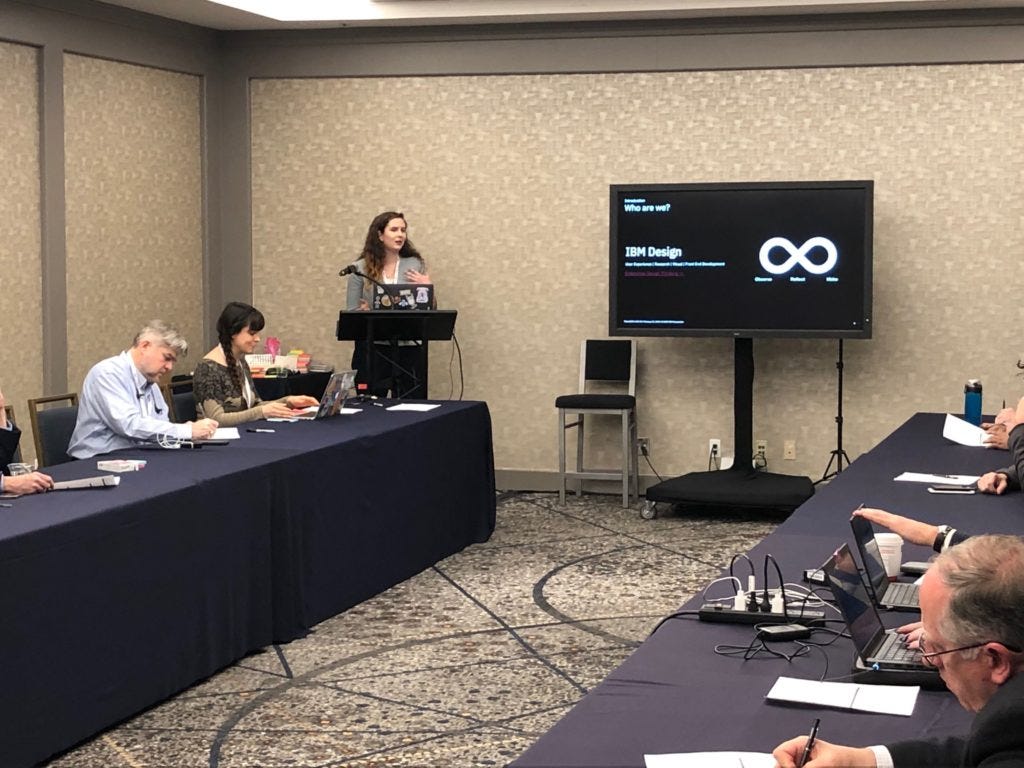
When you hear someone present, you know how articulate they are. You get a sense of what’s on the top of their mind. Are they forward-thinking? Some of the best research participants I’ve had have come from me going up to a presenter, introducing myself and what I do, and asking them if they’d be willing to work with me in the future to give us feedback on our products. Since this is a conference just for the product I work on, they’re usually fans of the product and want to make it better, so I’ve had good luck on this.
Now that we’ve met in person, I’m not just some faceless person emailing them asking for them to give me feedback. I’ve established a relationship with them and maintain that over time.
One of the customers I work with said to me the other day, “Rachel, I think I’m just too comfortable with you and I’m being more candid than I normally would.” As a researcher, that’s exactly what we want! We want our participants to tear apart our product, so we know how to improve it.
Find virtual opportunities for building customer relationships
I’m not going to sugarcoat this. I find it challenging to connect with customers virtually. That being said, it could also be a little easier right now because of the pandemic, and we conduct most of our lives virtually.
Virtual events
Conferences and meetups have all turned digital, so now you’re not restricted by travel. An event on the other side of the world? No problem, you can join it from your house.
You need to be a lot more strategic in networking with these people. It’s not as simple as discussing pain points over a drink at happy hour anymore.
Look for ways that the event is trying to build the community. Is it on Twitter, Slack, or some other social media platform? Respond with some thought put in. Like with online dating, people will like you more if you respond to them with a thoughtful answer based on something they wrote.
Analytic tools
Try to see if you can access any analytic tools that collect customer emails. I’m contradicting what I just said, but you can send mass email campaigns and see if you can get participants that way.
Forums
Pretty much every industry will have some forum you can check out. A lot of products have their own forums.
At IBM, we have a website called the IBM Community, where users can join a “community” associated with their product. Users are pretty active on the Community site and you can get a sense of the things they care about.
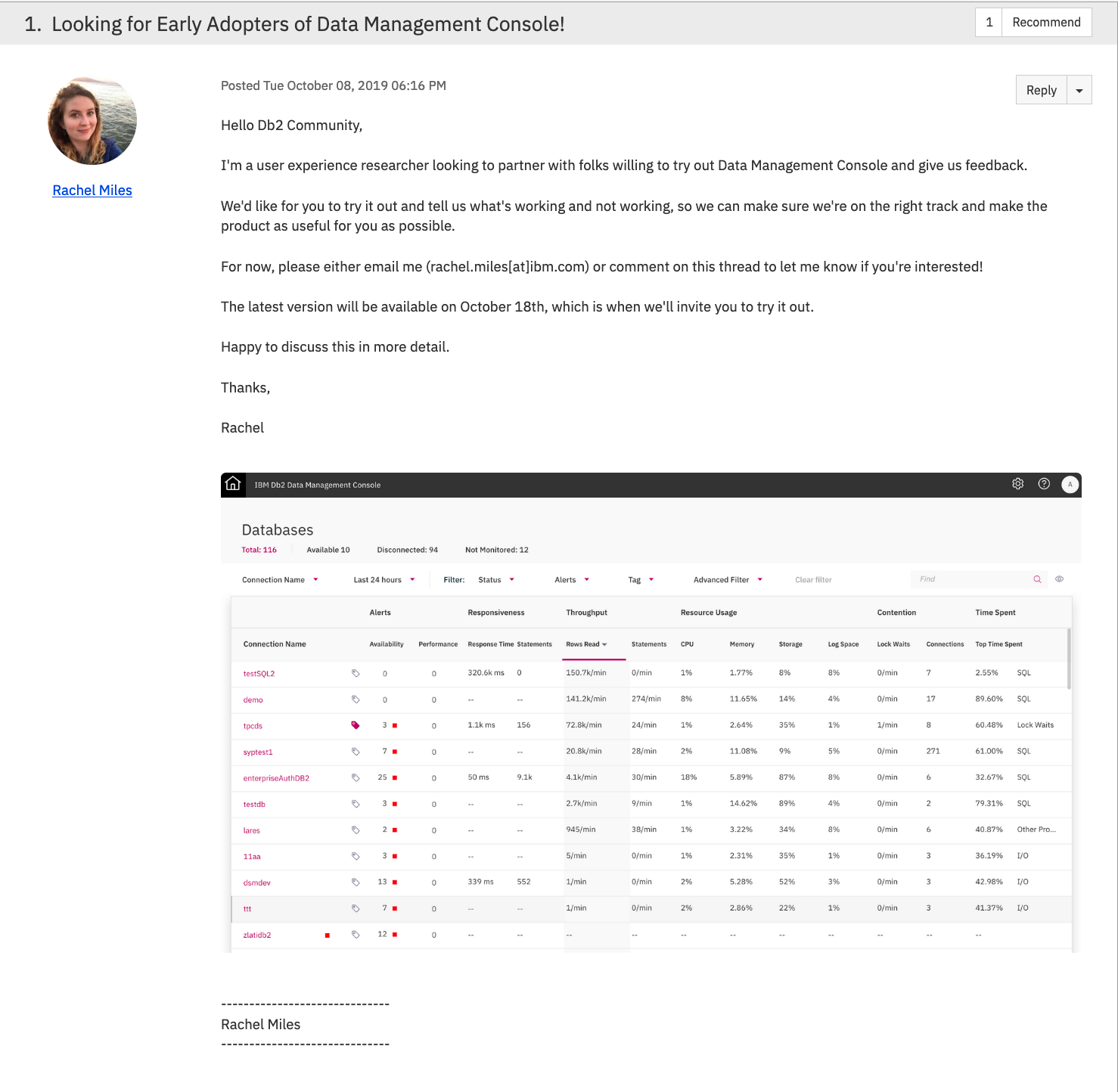
You can engage with customers there and even share relevant research studies.
Maybe you have an opportunity to engage with your customers on social media. Wherever they hang out, you should consider as a recruiting option!
Prove your value to your team
I know it can be hard to prove your value, especially if you are new or work for a massive enterprise that’s constantly changing.
It’s taken a while for me, for sure, but I’m finally getting to the point where stakeholders turn to me to ask me for advice on gathering feedback. Product managers are more willing to give me access to customers by either setting up calls with me and the customer or having another IBMer set up a call. Calls with business stakeholders can be a little complicated (a whole other article’s worth), but they’re a step in the right direction.
How did that happen? I helped my team make data-driven decisions.
I followed the first two steps I mentioned and gave actionable insights to the team based on what I learned from customers. These insights led to improved product decisions that then drove value to customers.
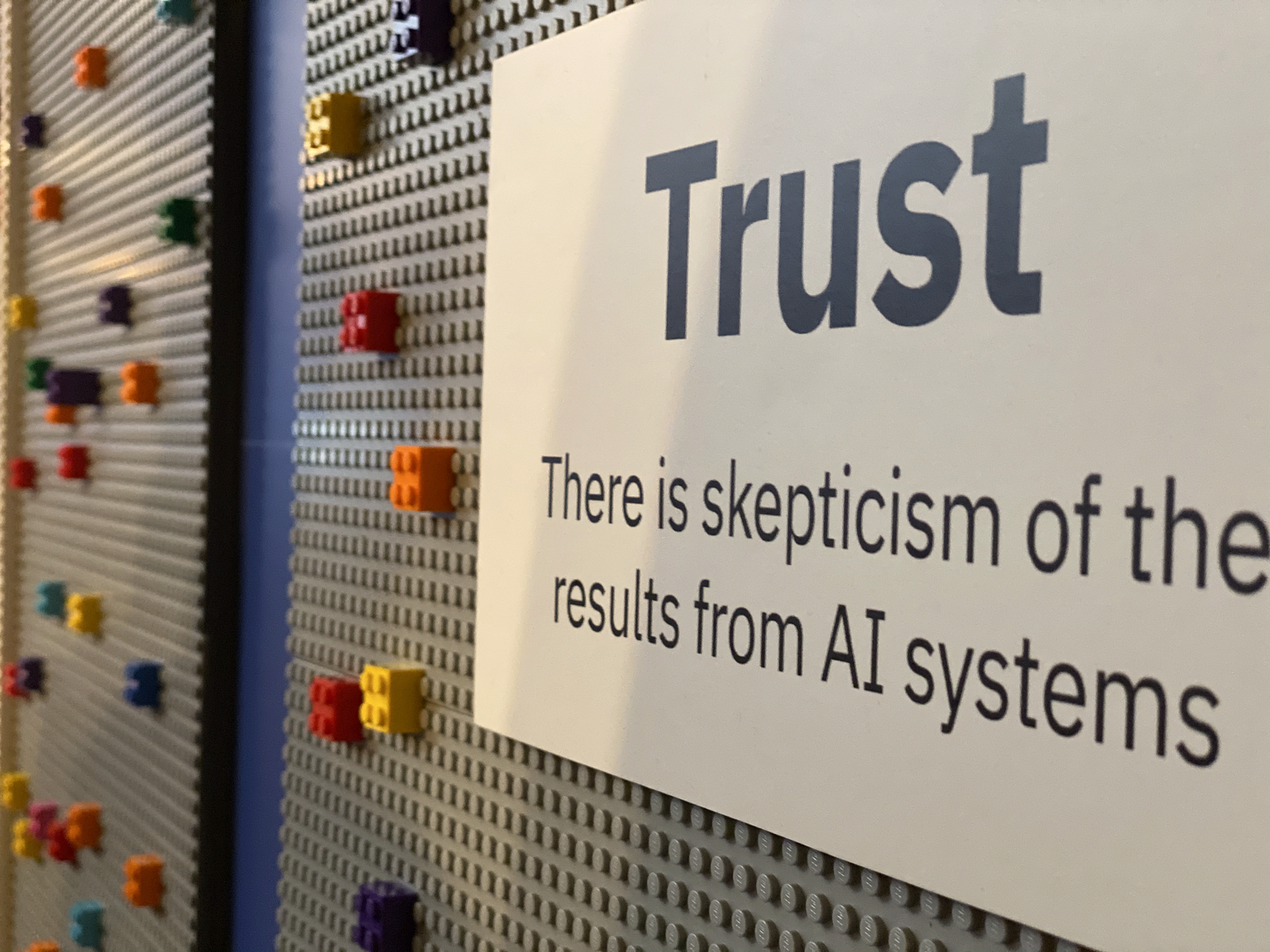
It all comes down to trust. Your teammates have to trust you. Your stakeholders have to trust you to do good work. Your customers need to trust you to make the best possible user experience for them.
How do you build trust? First, you build relationships. You spend time with them both at work and outside of work. You learn about them as a person. You stay consistently good at what you do and deliver outcomes.
This last step takes the most time and does not happen immediately. It’s not a smooth road, but it’s very rewarding.
Persist in creating those customer relationships!
I wrote this article about my experience. As many articles do, I might have made it sound super simple and easy. It was not easy. If it is easy for you, then kudos! I’m happy for you. But if your experience is anything like mine, it will be a challenge.
Here’s what I have to say to that: keep at it! You’ll get there and crush it.
I’d also love to hear what’s worked for you!
Once you’ve got your relationships, you’ll probably need some kind of panel management tool to manage them. Check out some of my other articles about the best user testing tools and overall research tools.
Rachel is a user experience researcher for IBM’s suite of Db2 products within the Hybrid Data Management portfolio in the Cloud Data and AI business unit.
The above article is personal and does not necessarily represent IBM’s positions, strategies or opinions.



